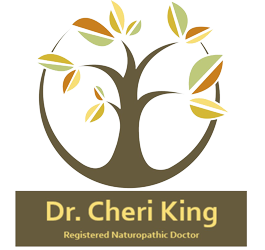Gastro-Esophageal Reflux Disease (GERD)
GERD (Gastroesophageal Reflux Disease) is a chronic digestive condition in which stomach acid or bile flows back (refluxes) into the esophagus—the tube connecting the mouth to the stomach. This backflow irritates the esophageal lining, often causing a burning sensation, discomfort, and pain.
Over time, repeated exposure to acid can lead to Barrett’s esophagus, where the cells lining the esophagus change to resemble those of the intestinal lining in an attempt to adapt. This cellular change increases the risk of developing esophageal cancer if left untreated.
Common Symptoms of GERD
Heartburn (burning in the chest, especially after eating or lying down
Regurgitation (sour or bitter liquid backing up into the throat or mouth)
Chest pain
Difficulty swallowing
Chronic cough
Sore throat or hoarseness
Sensation of a lump in the throat
Causes and Risk Factors
GERD occurs when the lower esophageal sphincter (LES), the muscle that closes off the stomach from the esophagus, fails to function properly, allowing stomach contents and acid to leak upward.
Contributing factors include:
Foods that relax the LES - (chocolate, coffee, alcohol, spicy or fatty foods, dairy, orange juice)
Food sensitivities
Anxiety
Obesity
Over Eating
Hiatal hernia
NSAIDS
Conventional treatment of GERD is proton pump inhibitors which stop acid production in the stomach. These are very effective in relieving pain and reducing irritation in the esophagus. However, long-term use has been linked to nutrient deficiencies, peritoneal bacterial infection, dementia, kidney disease, and SIBO. (Freedberg 2017). A procedure called a Nissen fundoplication or inserting a LINX device is a surgical option.
Natural treatment of GERD includes avoiding certain foods to provide symptomatic relief. Followed by treating the lower esophageal sphincter dysfunction, which is often related to the gut/brain axis.
